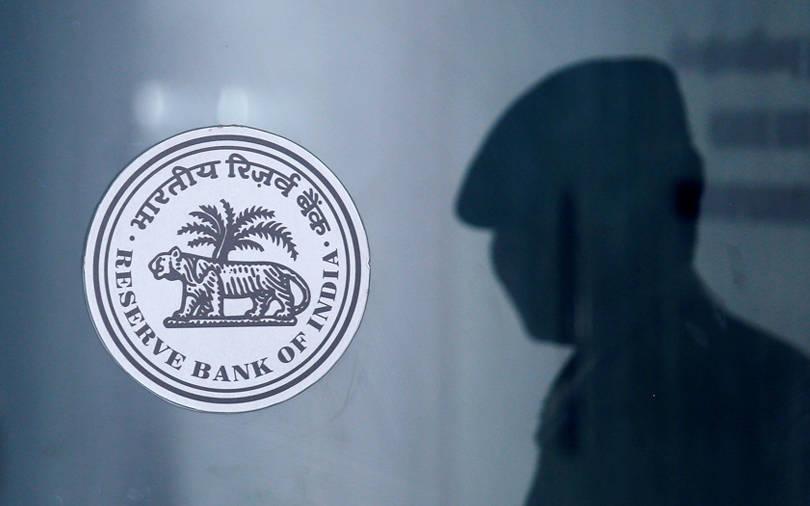The Reserve Bank of India on Friday allowed lenders complete discretion to design and implement bankruptcy resolution plans in its revised guidelines for stressed assets after the Supreme Court scrapped previous norms.
The central bank said in a statement that it will also put in place a system of disincentives in the form of additional provisioning for any delay in implementation of the resolution plans or initiation of insolvency proceedings.
India's top court had in April struck down the RBI's February 12, 2018 circular on bad loans after several companies argued that the time period allowed for bankruptcy resolution wasn’t enough.
The February circular directed banks to file for insolvency proceedings against loan defaulters with Rs 2,000 crore or more if a resolution plan was not implemented within 180 days of the initial occurrence of default. The central bank had also abolished half a dozen loan-restructuring mechanisms to expedite the clean-up of banks' books.
The new circular is applicable to resolve loan accounts with exposure of Rs 2,000 crore and above. For loan accounts of Rs 1,500 crore and up to Rs 2,000 crore, the revised norms will be applicable from January 1, 2020. The RBI said it will announce the applicability date for loan accounts below Rs 1,500 crore in due course.
L Viswanathan, partner at law firm Cyril Amarchand Mangaldas, said that the core of the February 12 circular remains intact in the revised norms.
Here are the main changes in the revised ‘Prudential framework for resolution of stressed assets’:
One-day default rule goes away: One-day default rule goes away: The RBI has asked lenders to review the working-capital loan accounts within 30 days of first default, instead of just after a day of default previously. However, term-loan accounts will continue to follow one-day default rule.
Lenders must initiate a resolution plan within the 30-day review period. This may include choosing a strategy, including the nature of the resolution plan and the approach for implementation of the plan. The lenders may also choose to initiate legal proceedings to initiative insolvency or recovery of loans.
In the case of cash credit accounts, the review period will start from the 31st day of default.
Complete discretion: Lenders must have a board-approved policy for resolution of bad loans. Lenders will also have complete discretion to design and implement resolution plans, the RBI said.
However, all lenders must sign an inter-creditor agreement to lay out the ground rules for finalization and implementation of the resolution plan. Viswanathan said the inter-creditor agreement will ensure protection for dissenting creditors.
“The circular leaves the decision to the banks that if a resolution is in sight, then pursue it. If not, start insolvency proceedings,” said Prashant Kumar, chief financial officer at State Bank of India.
“Basically, the RBI is giving a long rope to banks if they want to pursue a possible resolution,” Kumar said.
Implementation deadline: The RBI said that, after the 30-day review period is over, lenders must implement a resolution plan within 180 days. This means that the lenders will have a total of 210 days from the day of first default to resolve the matter.
According to Kumar, this easing will be helpful in sectors where a resolution is not possible within 180 days. He said that loan recovery efforts weaken when banks have to mandatorily start insolvency proceedings.
Higher provisions: If banks fail to come up with a resolution plan within the 210-day period, they will have to make additional provisions of 20% on the bad loan.
Currently, banks have to make 15% provision of the loan amount after 90 days of default. This means that the revised norms take the total provisions to 35%.
Moreover, if there is still no resolution within 365 days, banks will have to make another 15% provisions, taking the total to 50%. This is the same amount of provisions required once a lender approaches the National Company Law Tribunal for resolution under the Insolvency and Bankruptcy Code (IBC).
Also, any action by lenders to conceal the actual status of accounts or any attempt to evergreen the stressed accounts will attract enforcement actions, the RBI said.
Creditors’ approval: According to the inter-creditor agreements that banks must sign, any resolution plan will now require the approval of 75% of the creditors by value of total outstanding credit facilities and 60% of lenders by number. Earlier, resolutions plans required 100% approval from creditors.






